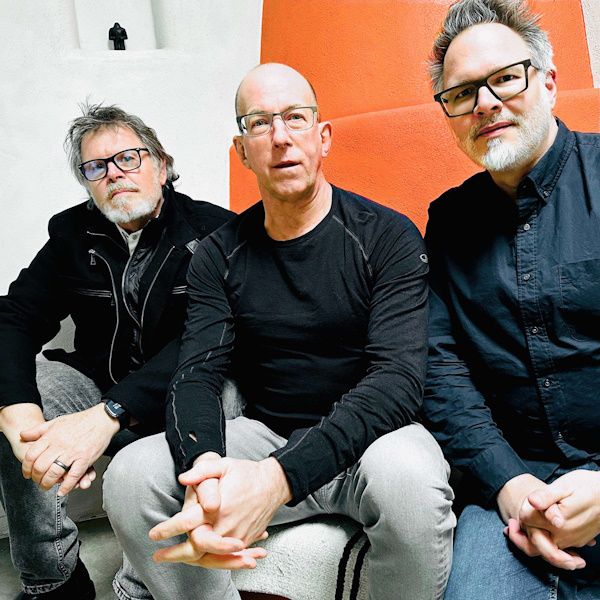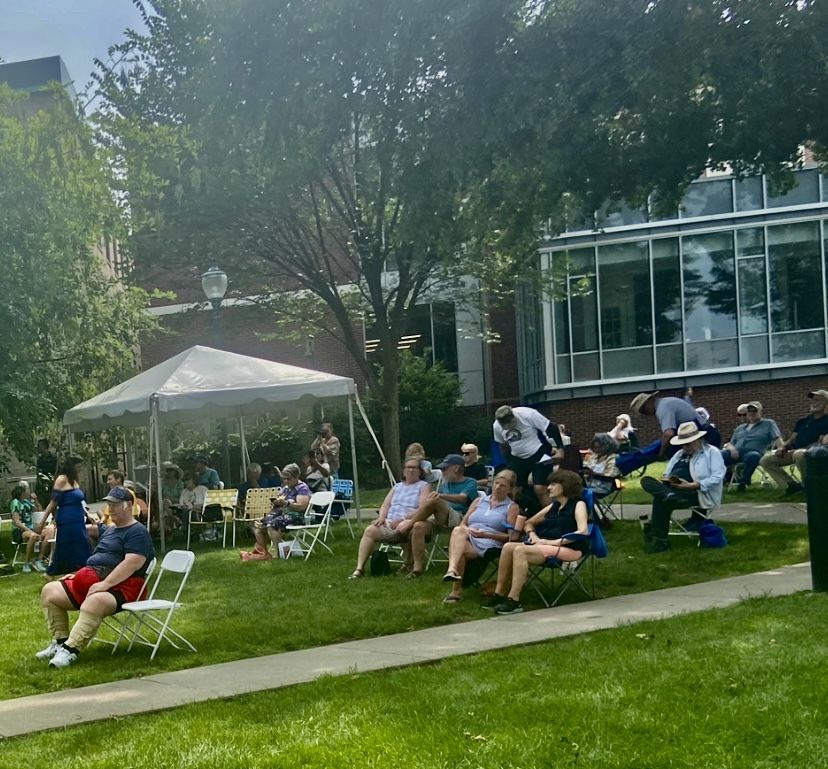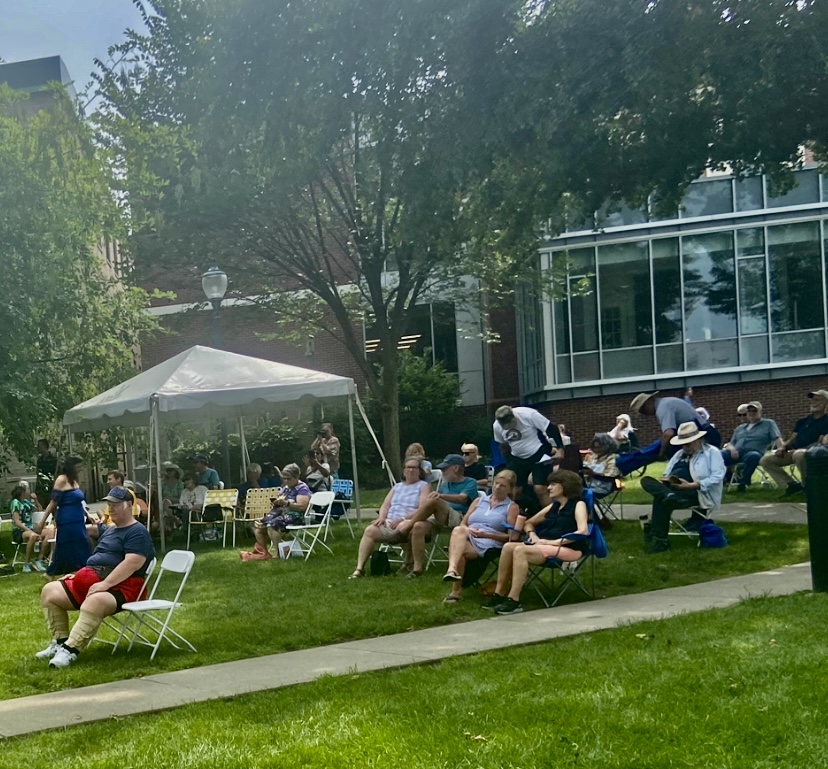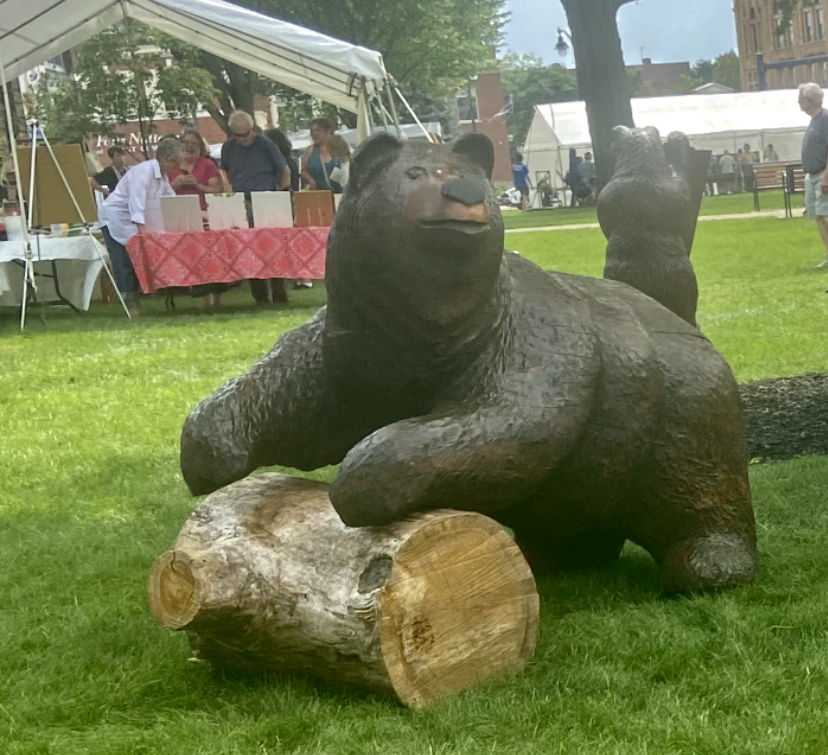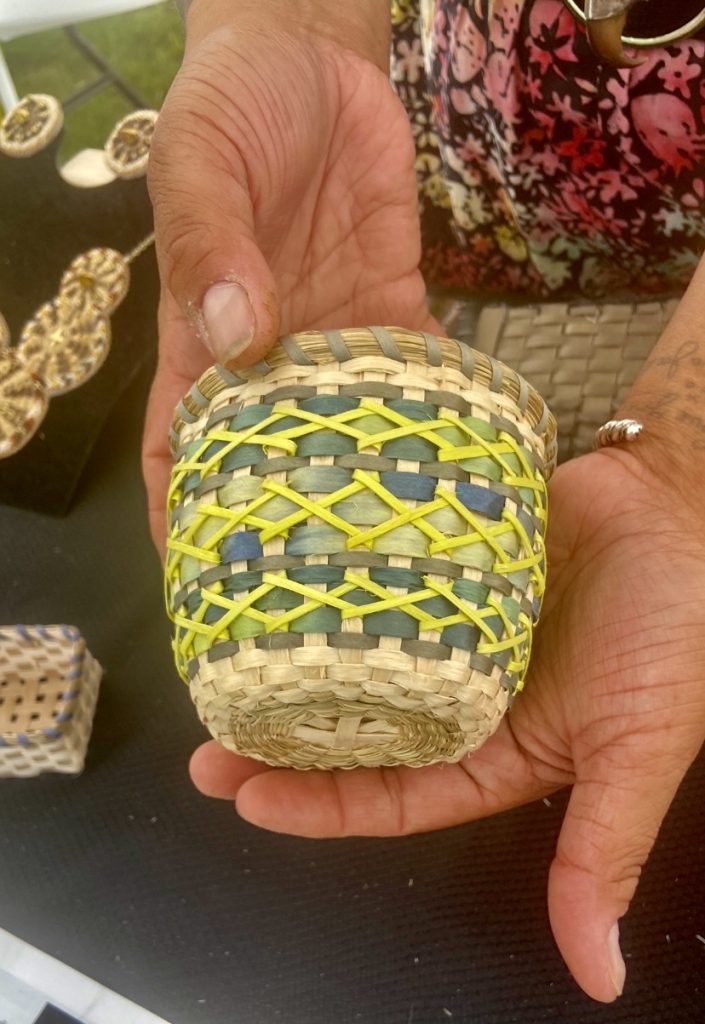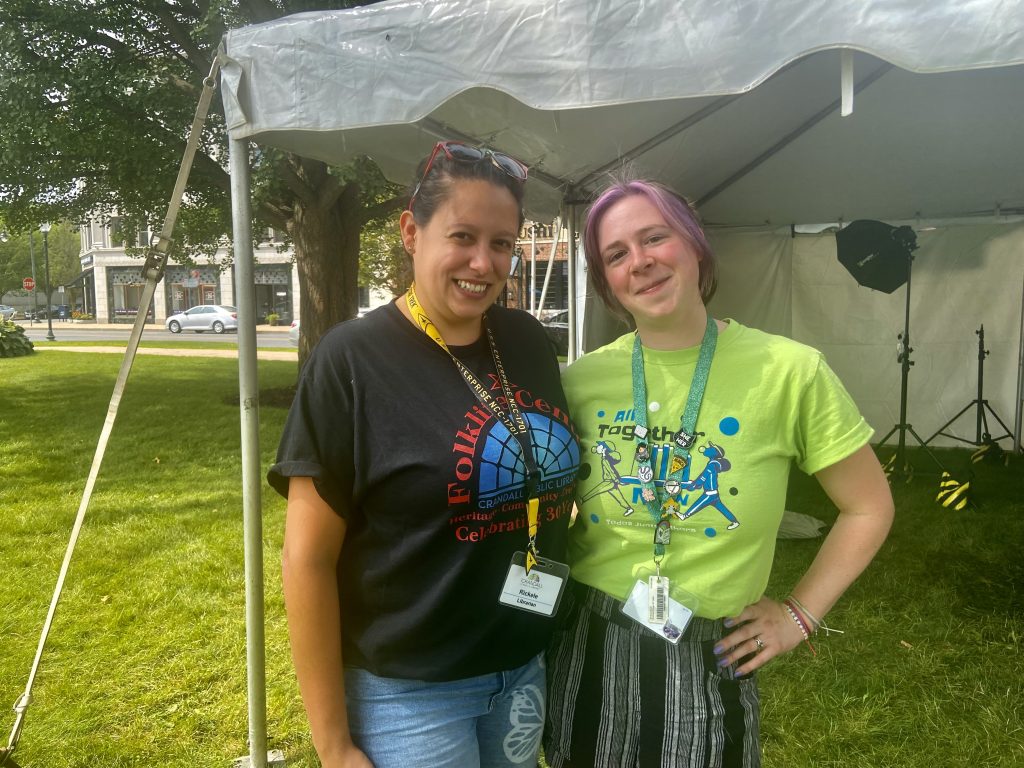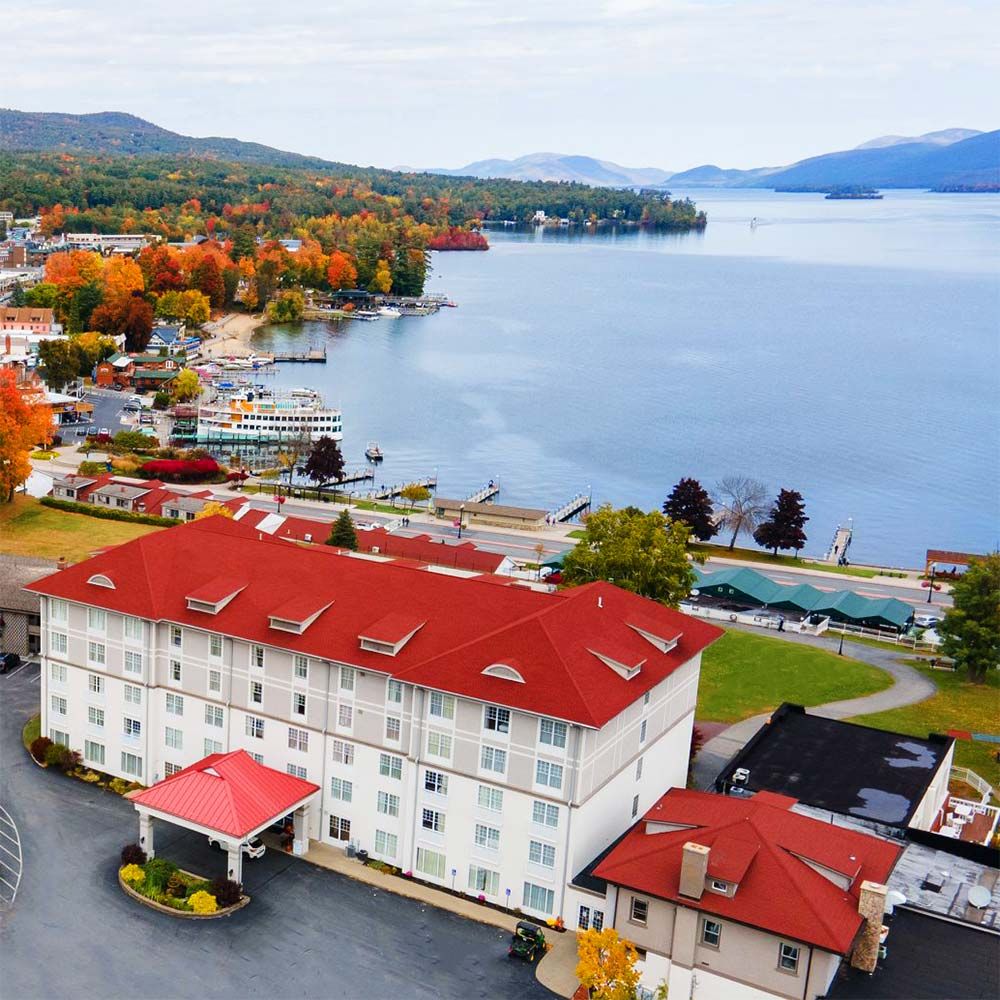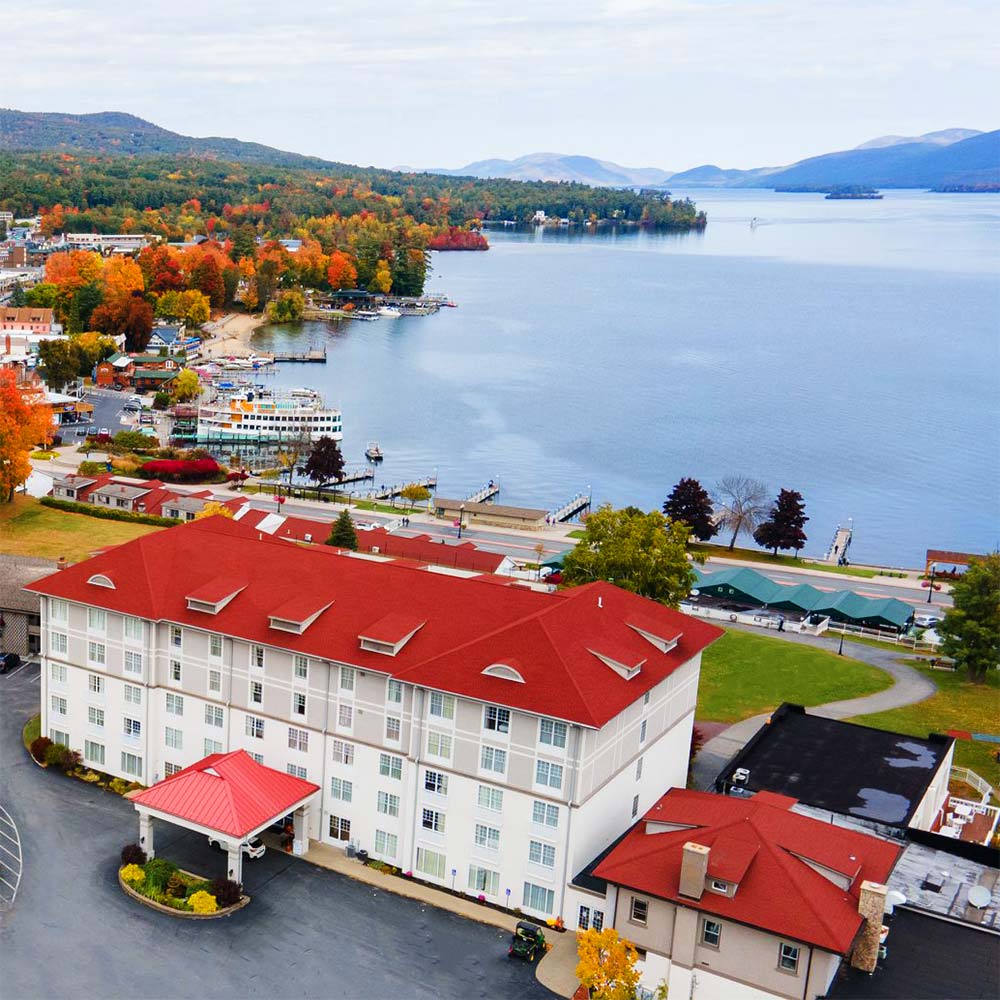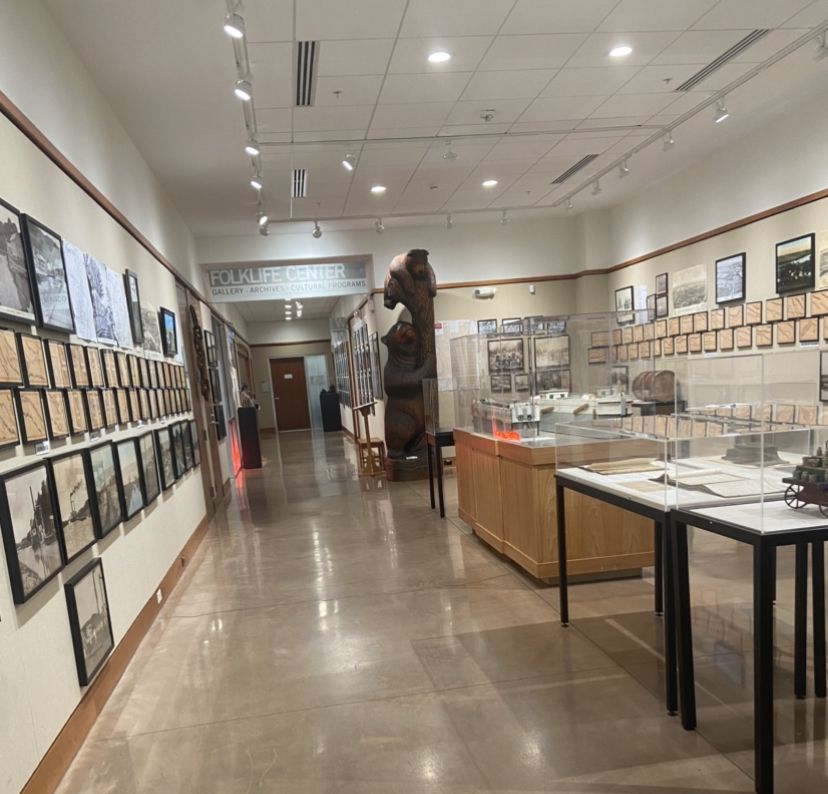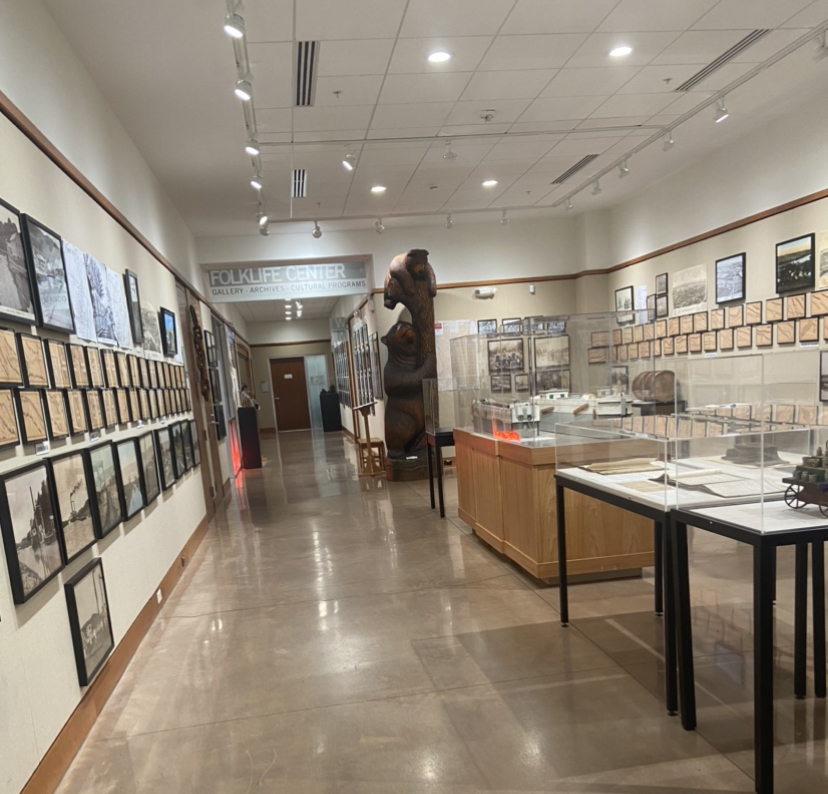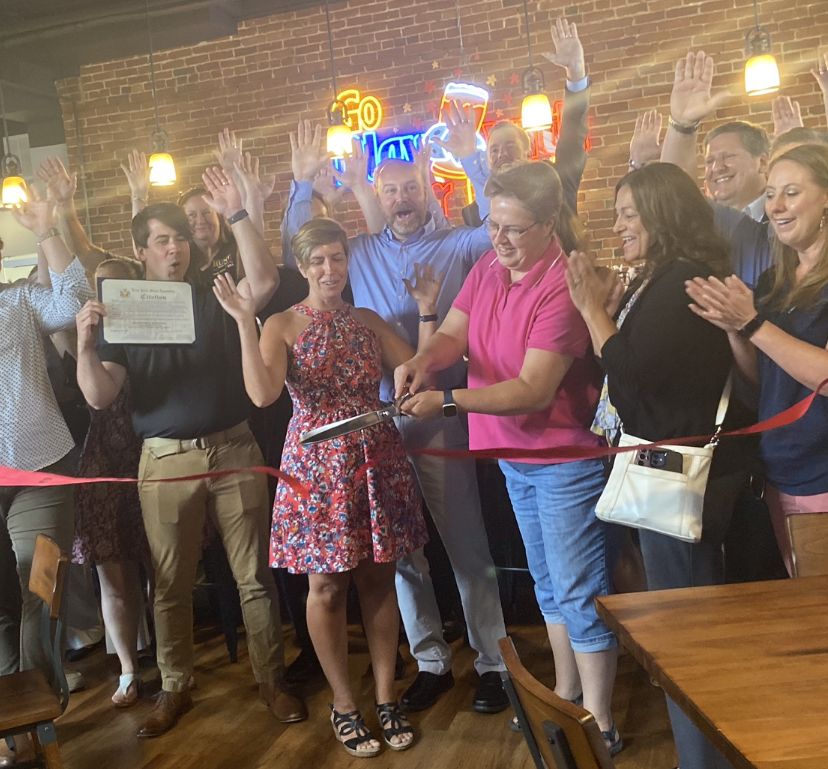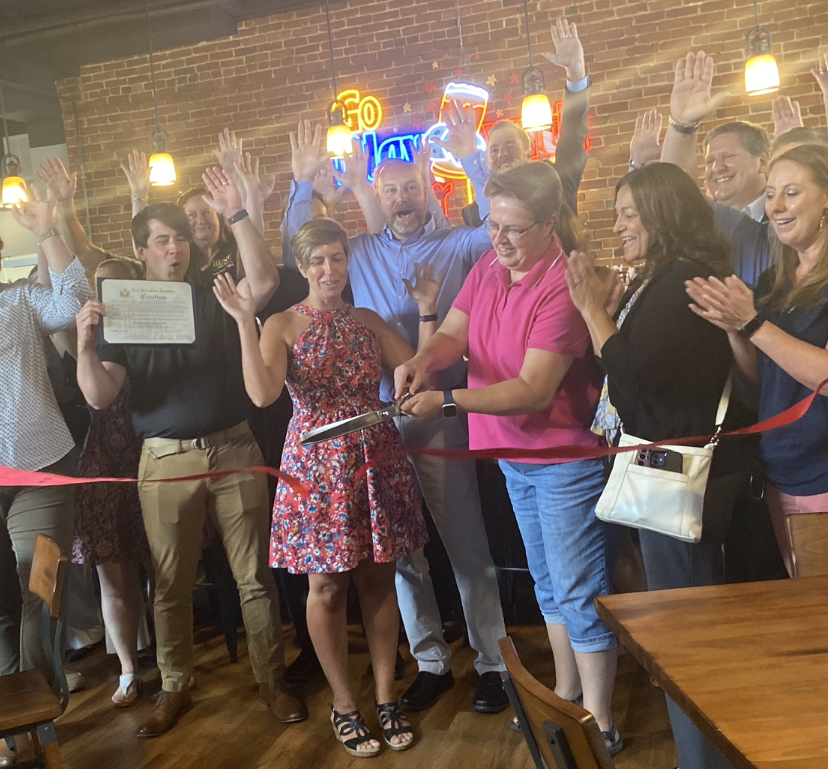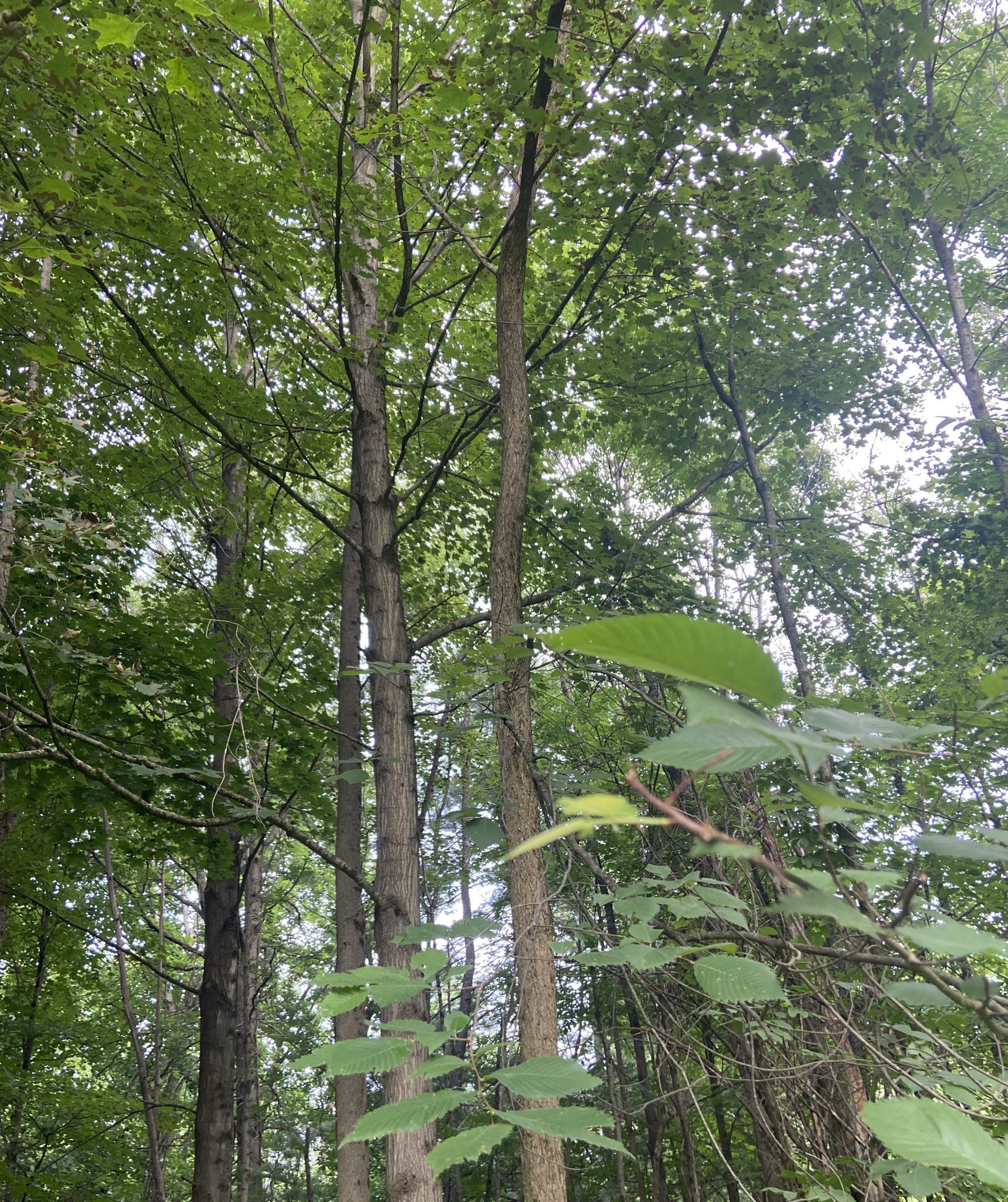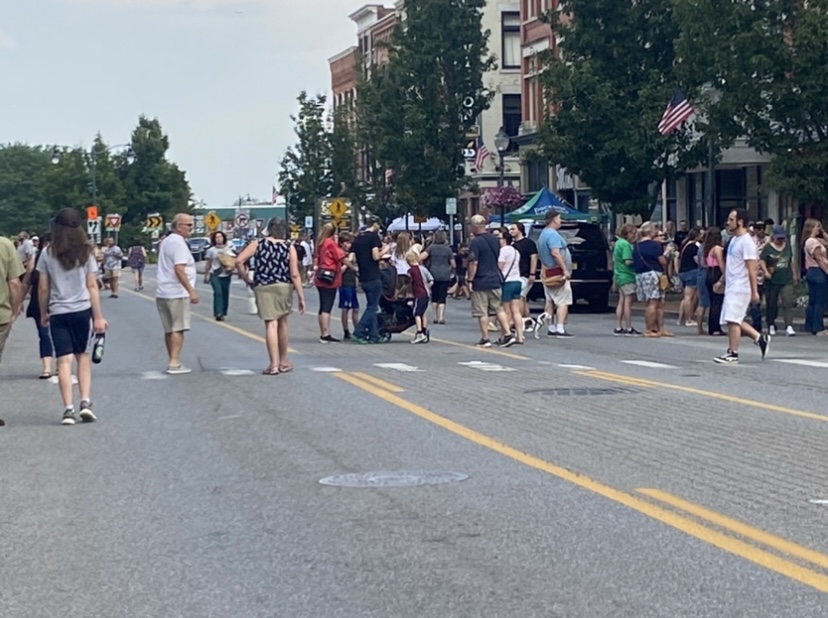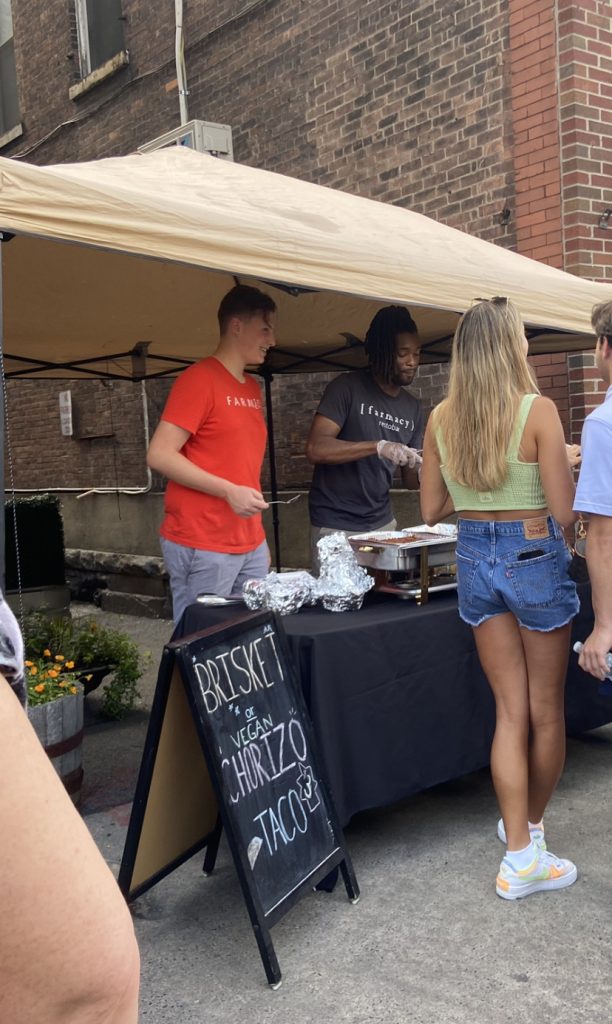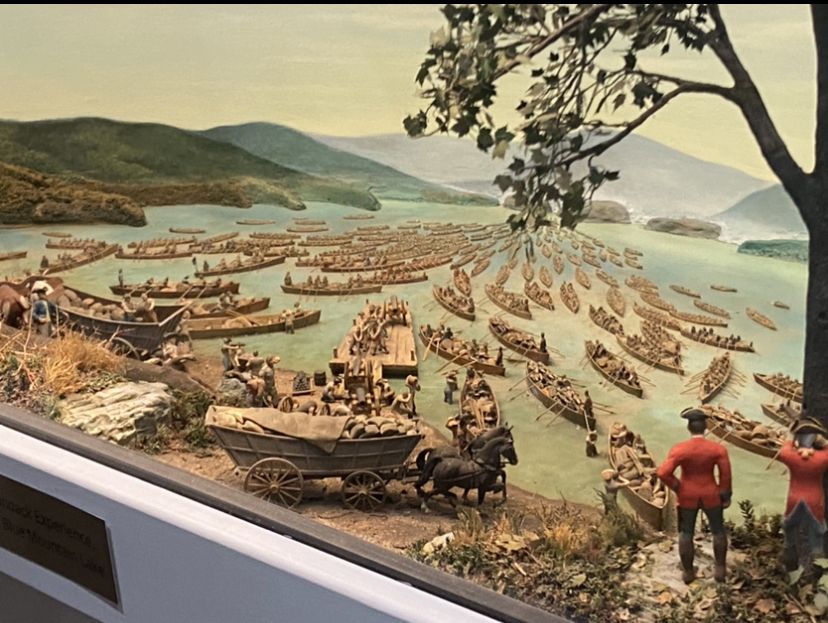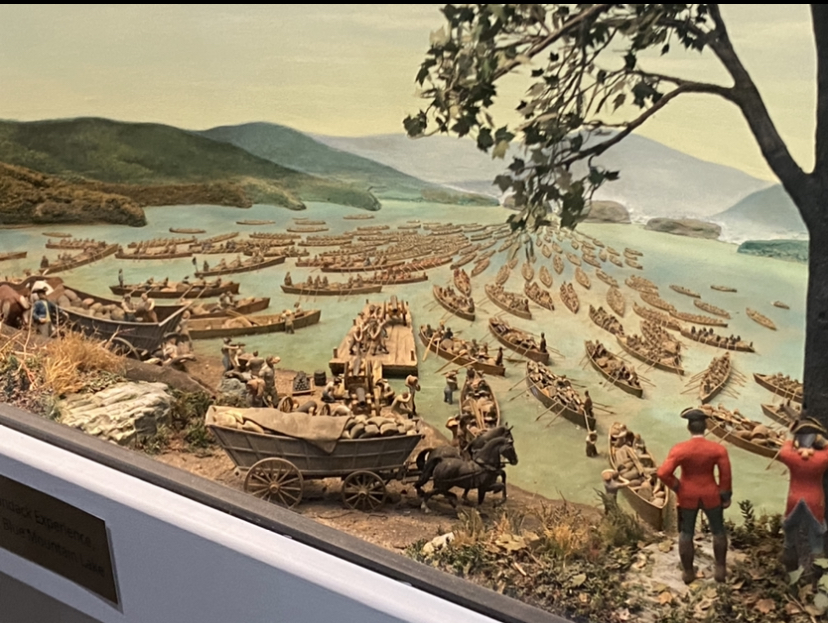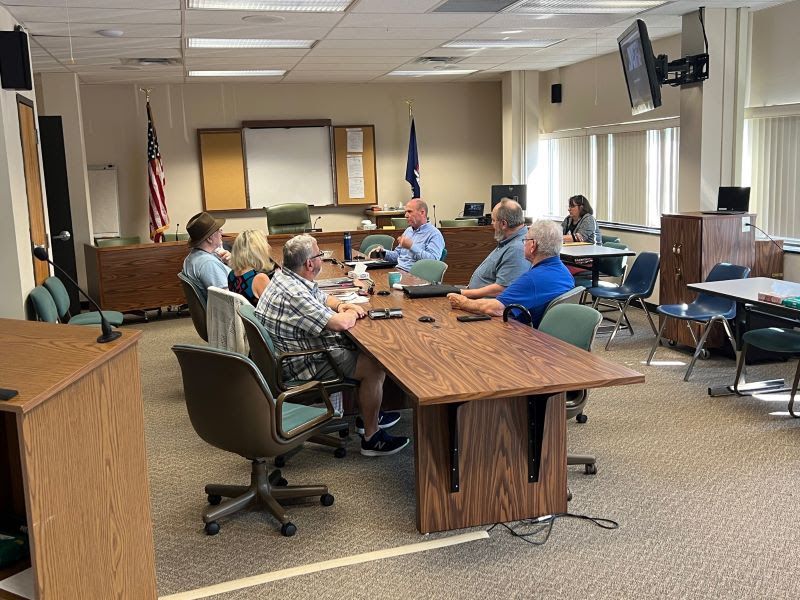Tu-Ner Featuring King Crimson Legends Trey Gunn and Pat Mastelotto With Markus Reuter To Release Debut Double Album “T-1 Contact Information” August 14, 2023
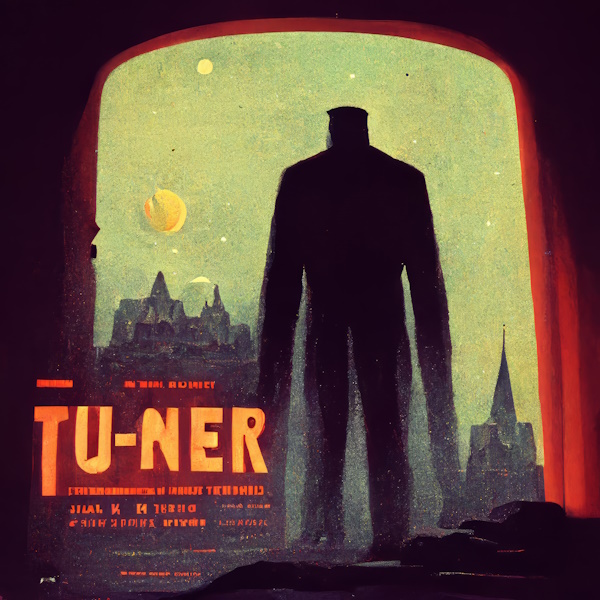
From the kitchen of the original King Crimson R&D fraKctal units & Stick Men comes Tu-Ner featuring touch guitarist Markus Reuter, alongside the powerhouse rhythm section of Pat Mastelotto on drums and Trey Gunn on Warr guitar.
Defying logistics to grab four days together, the immersive session included repertoire rehearsal; as well as recording semi-prepared pieces and several full improvisations. The band’s chemistry has deep roots and connections are made quickly so large slabs of music appear unedited.
These two hours of recordings are the outcome of their debut double disc album “T-1 Contact Information” coming August 14th.
disc:ONE
- Crowfin
- 31
- Apple Turtle
- On The Other Side
- Contact Information disc:TWO
- Forcibly Taken Into The Future
- Moses
- Poodles
- Poem About A Sad Horse
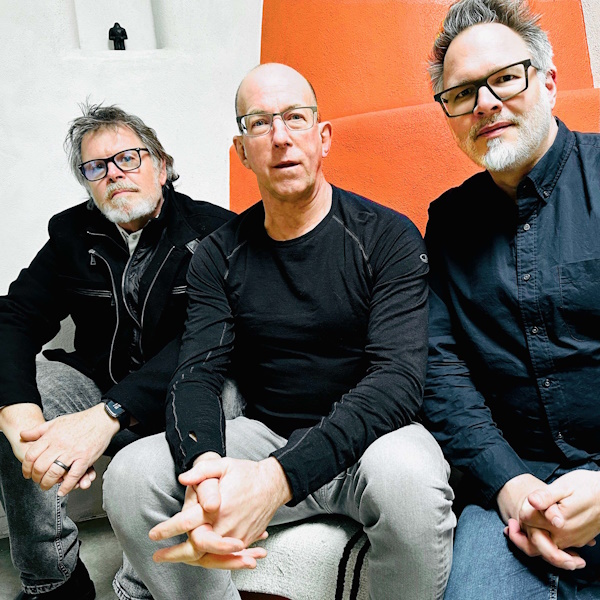
Pat Mastelotto – Very rarely does a drummer go on to forge the most successful career on the demise of their former hit band. Phil Collins and Dave Grohl have managed it, and so too has Pat Mastelotto, a self taught drummer from Northern California, who has also been involved with pushing the envelope of electronic drumming. Pat has spent a lifetime jumping genres from pop, to prog, to electronica to world music with – among others – Mr. Mister, XTC, David Sylvian, The Rembrandts, Kimmo Pohjonen, and for the last 25 years with King Crimson and Stick Men.
Markus Reuter is a composer, guitarist, and producer. He began his musical journey as a composer before delving into Robert. Fripp’s Guitar Craft, mastering the Chapman Stick, and eventually transitioning to the U8 Touch Guitar. Reuter has released numerous solo albums and has collaborated extensively with various musicians. He holds a prominent position in the experimental band Anchor and Burden and forms the duo Tuner with Pat. Additionally, he was a member of Europa String Choir and has worked alongside notable artists such as Gary Husband, Robert Rich, J. Peter Schwalm, Mark Wingfield, and many others. Reuter’s versatility is evident through his involvement in Devin Townsend’s touring band. Notably, he also performs in power trios including Stick Men with Pat and Tony Levin, TRUCE with Asaf Sirkis and Fabio Trentini, and Markus Reuter/Tim Motzer/Kenny Grohowski.
Trey Gunn, the extraordinary Warr guitarist and musician, has left an indelible mark on the world of progressive music. Renowned for his virtuosic talent, he has graced the stages and recording studios with legendary acts such as King Crimson, Brian Eno, David Sylvian, Robert Fripp, Happy Rhodes, Puscifer, Tool and John Paul Jones, contributing his unique blend of mesmerizing and innovative playing. As the founder of the esteemed 7D Media record label, Gunn continues to be a guiding force in curating exceptional musical experiences. Trey Gunn’s visionary artistry and unwavering commitment to pushing the boundaries of sound make him a true luminary in the realm of progressive music.
Markus Reuter – Touch Guitar, Soundscapes
Pat Mastelotto – Drums, Electronics, Vocoder
Trey Gunn – Warr Guitar, Fretless Warr Guitar, Vocoder
All pieces by Gunn/Mastelotto/Reuter
recorded June 7-11, 2023
recorded by p@ & Bill Munyon @ p@’s place
mixed & mastered by Erik Emil Eskildsen
cover design by A.J. Chippero
booking Leonardo Pavkovic (MOONJUNE)
Tu-Ner on Tour
August 14 – Piermont, NY (The Turning Point)
August 15 – Allentown, PA (Rodale Room, Allentown Symphony Hall)
August 17 – Hudson Falls, NY (Strand Theater)
August 19 – Rochester, NY (Loving Cup)
August 20 – Buffalo, NY (Mohawk Place)
August 22 – Cleveland, OH (Beachland Ballroom)
August 23 – Detroit, MI (Joy Manor Westland)
August 24 – Milwaukee, WI (Shank Hall)
August 25 – Indianapolis, IN (Irving Theater)
August 26 – Chicago, IL (Reggies Rock Club)
August 27 – Benton Harbor, M (The Livery)
August 29 – Columbus, OH (Woodlands Tavern)
August 30 – Cincinnati, OH (The Ludlow Garage)
August 31 – Asheville, NC (The Grey Eagle)
September 1 – Charlotte, NC (The Milestone)
September 2 – Chapel Hill, NC (Storybook Farm)
November 29 – Brno, Czech Republic (The Crimson Marathon at SONO Music Club)
November 30 – Prague, Czech Republic (The Crimson Marathon at Archa Theatre)
To be continued in 2024!
For more information:
Band website: https://tu-ner.com/
Album url: https://7dmedia.com/tu-ner-t-1
